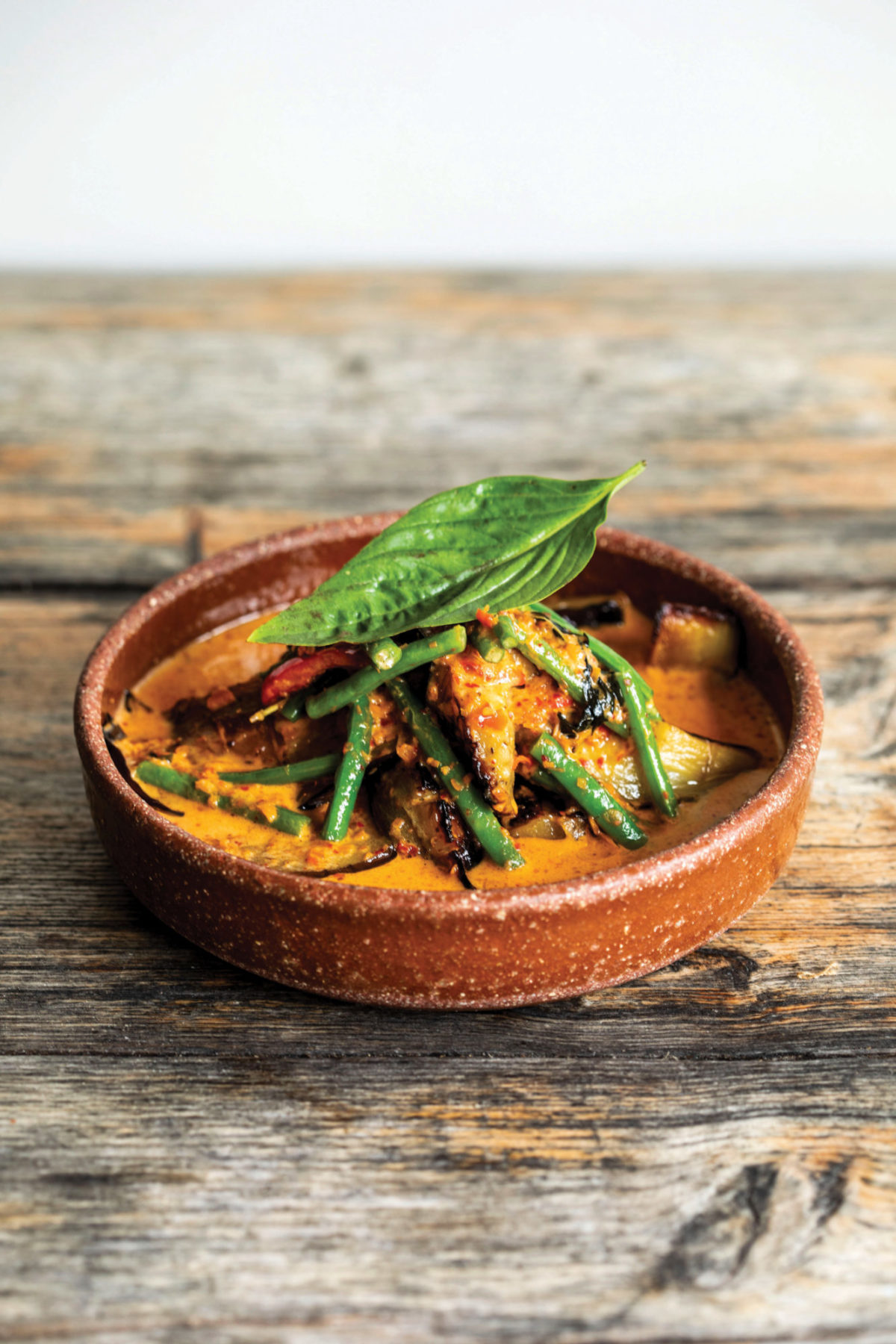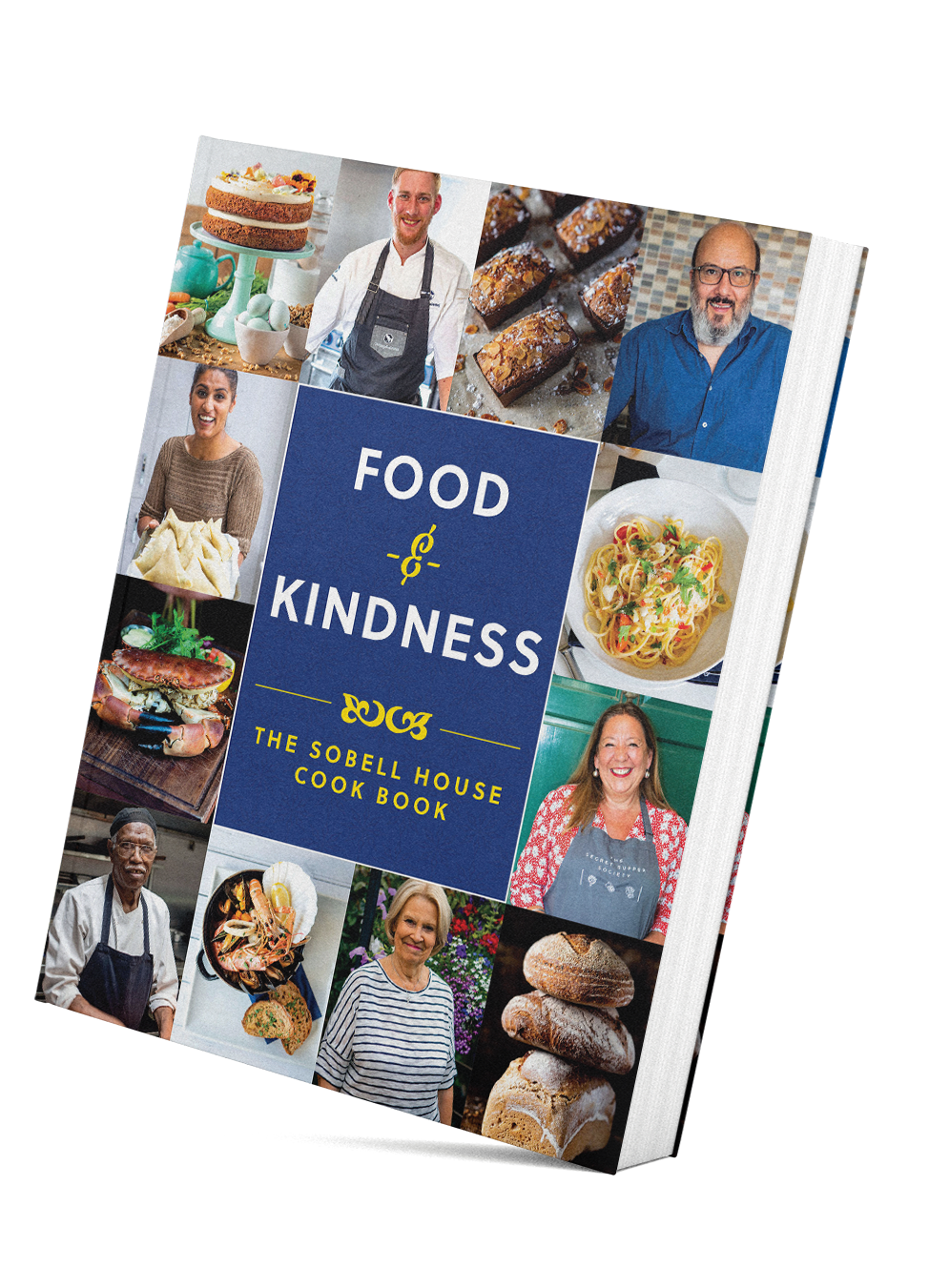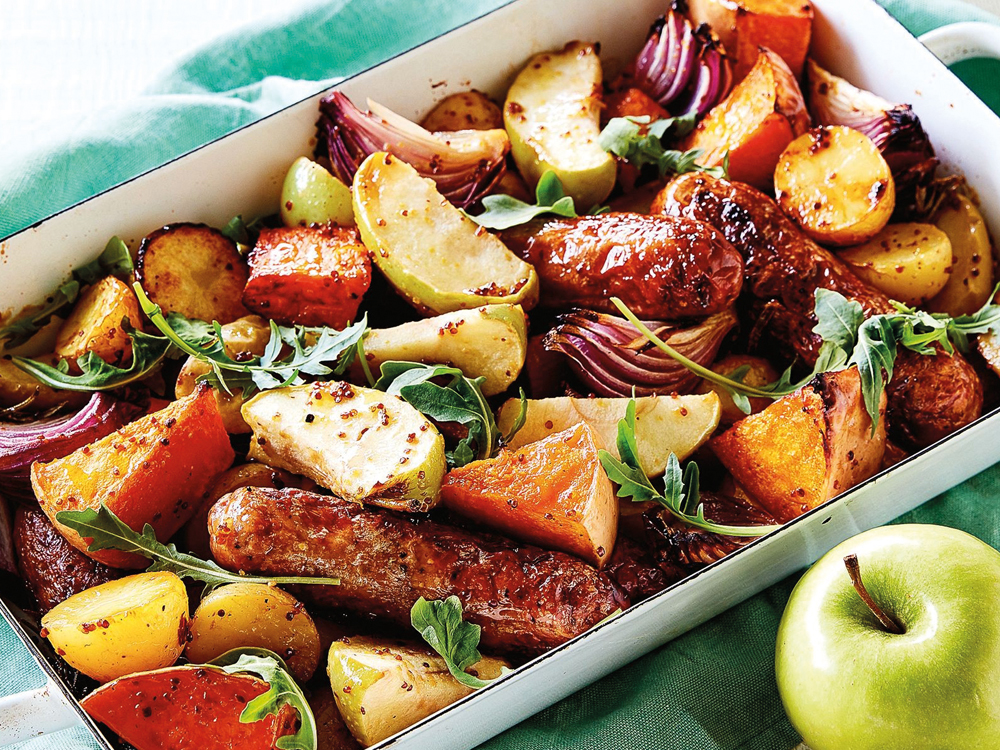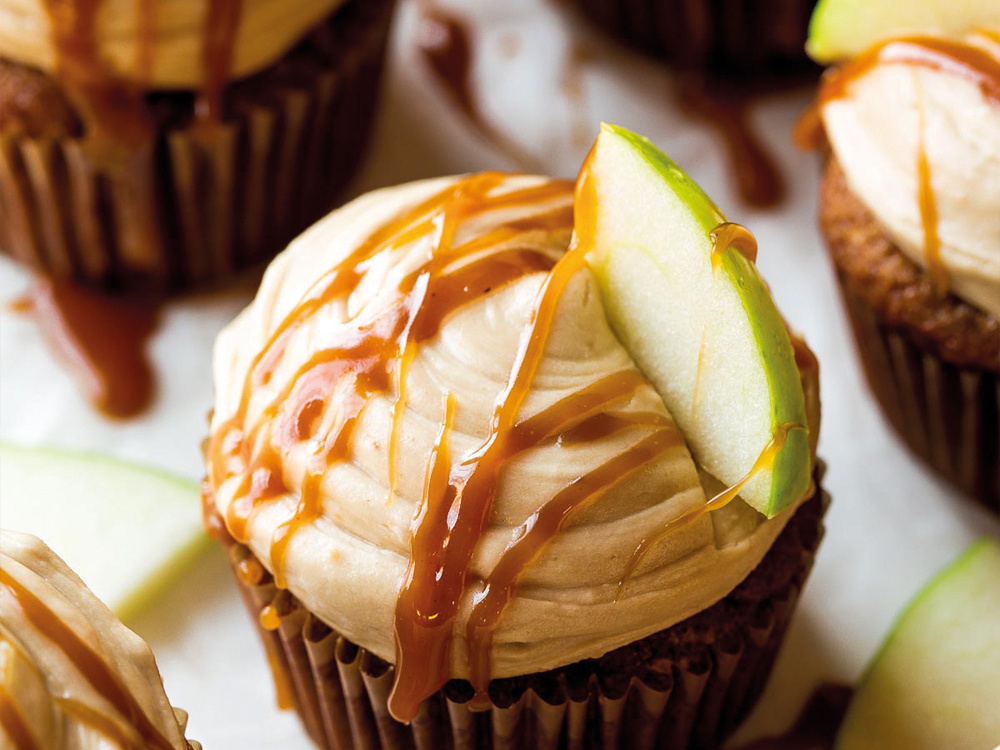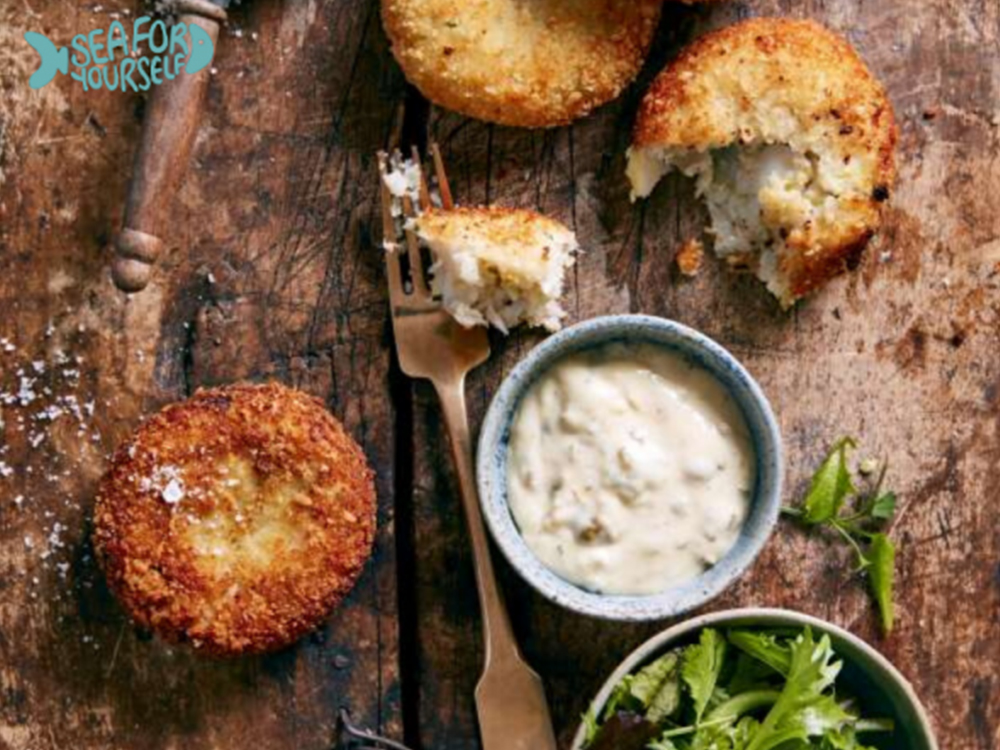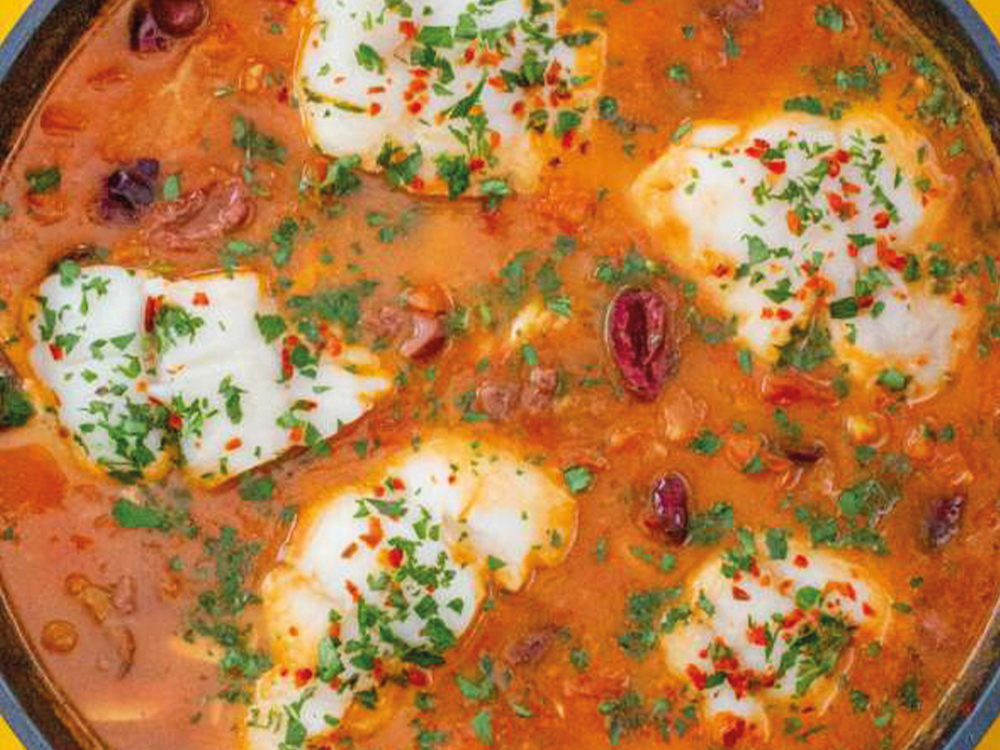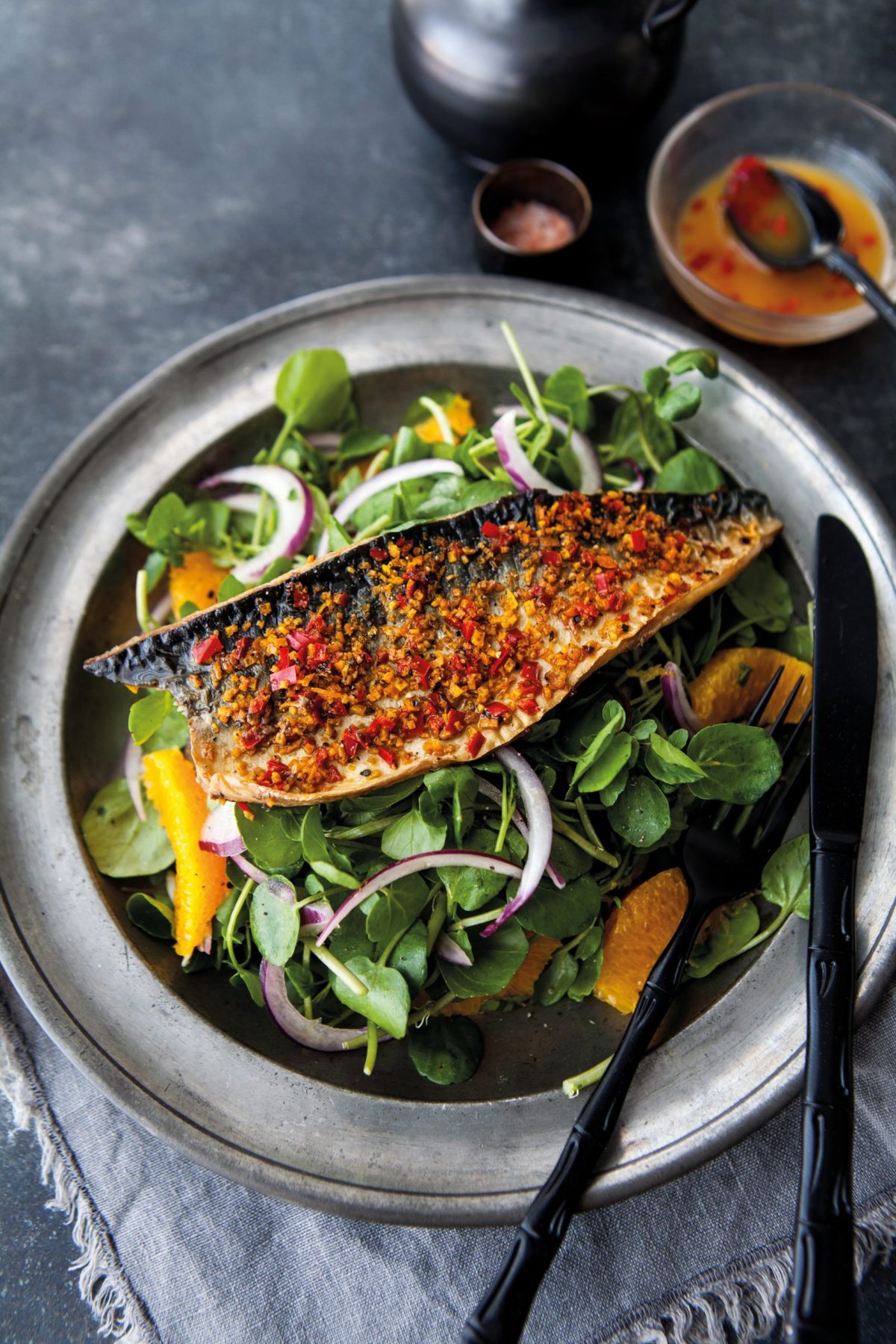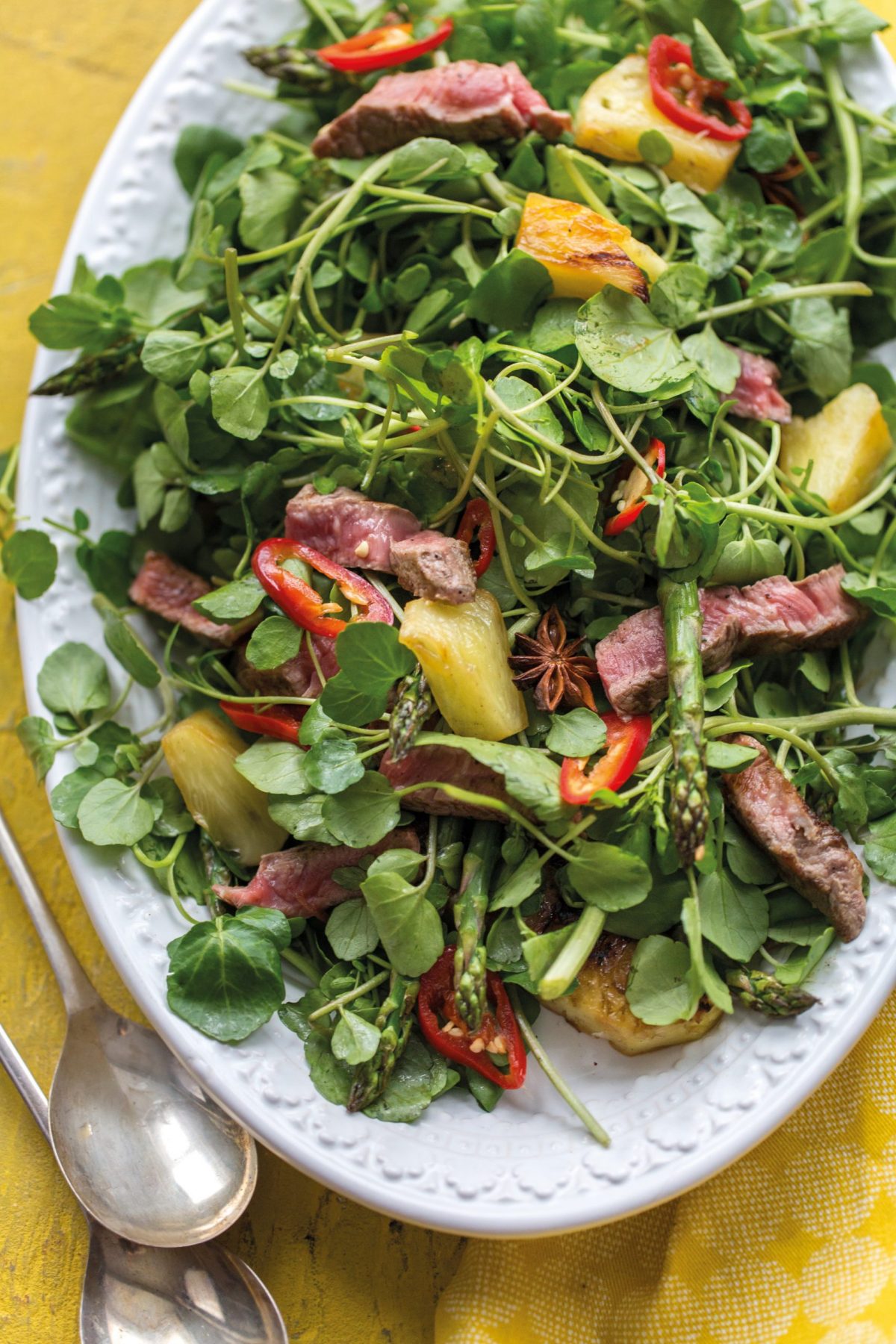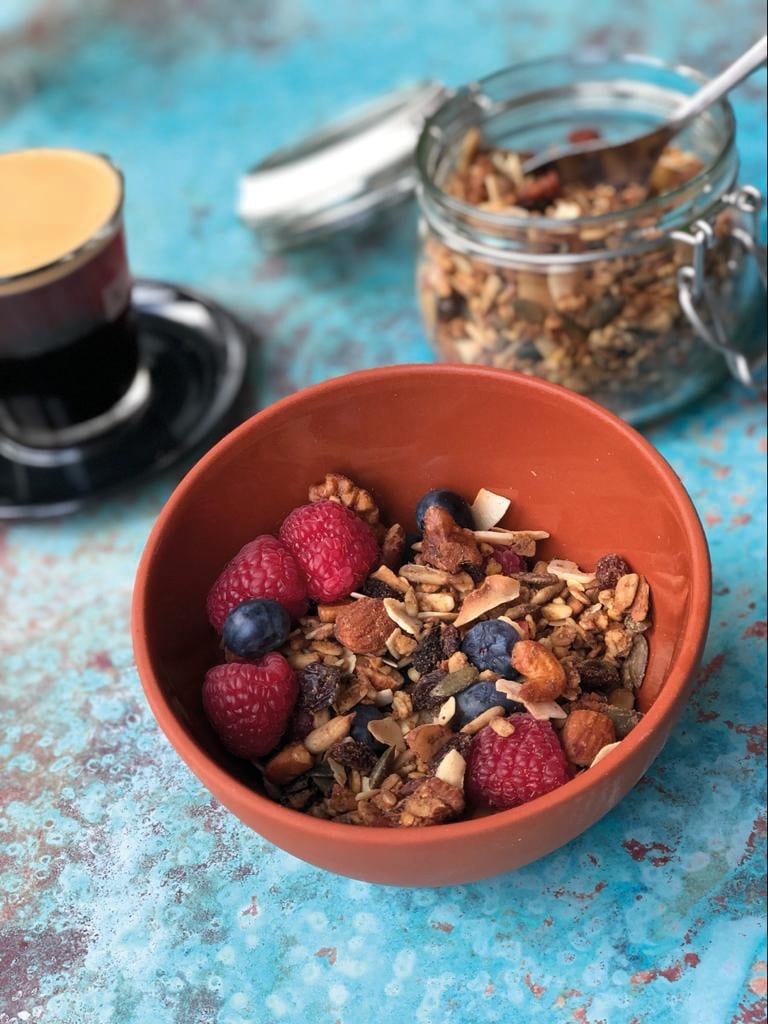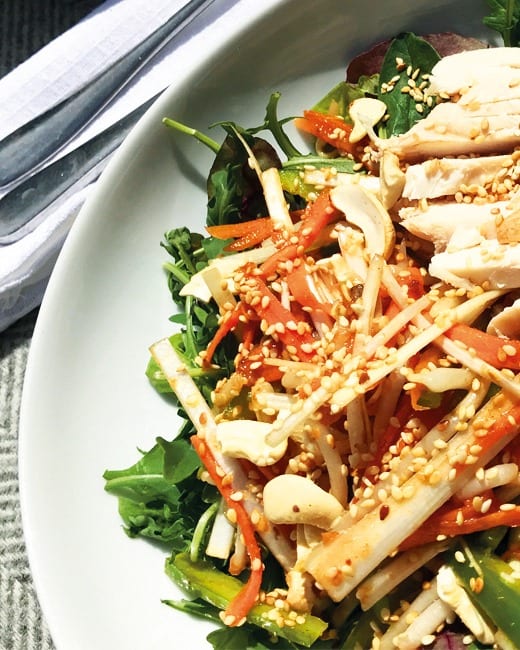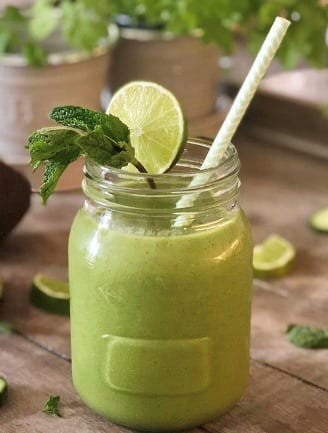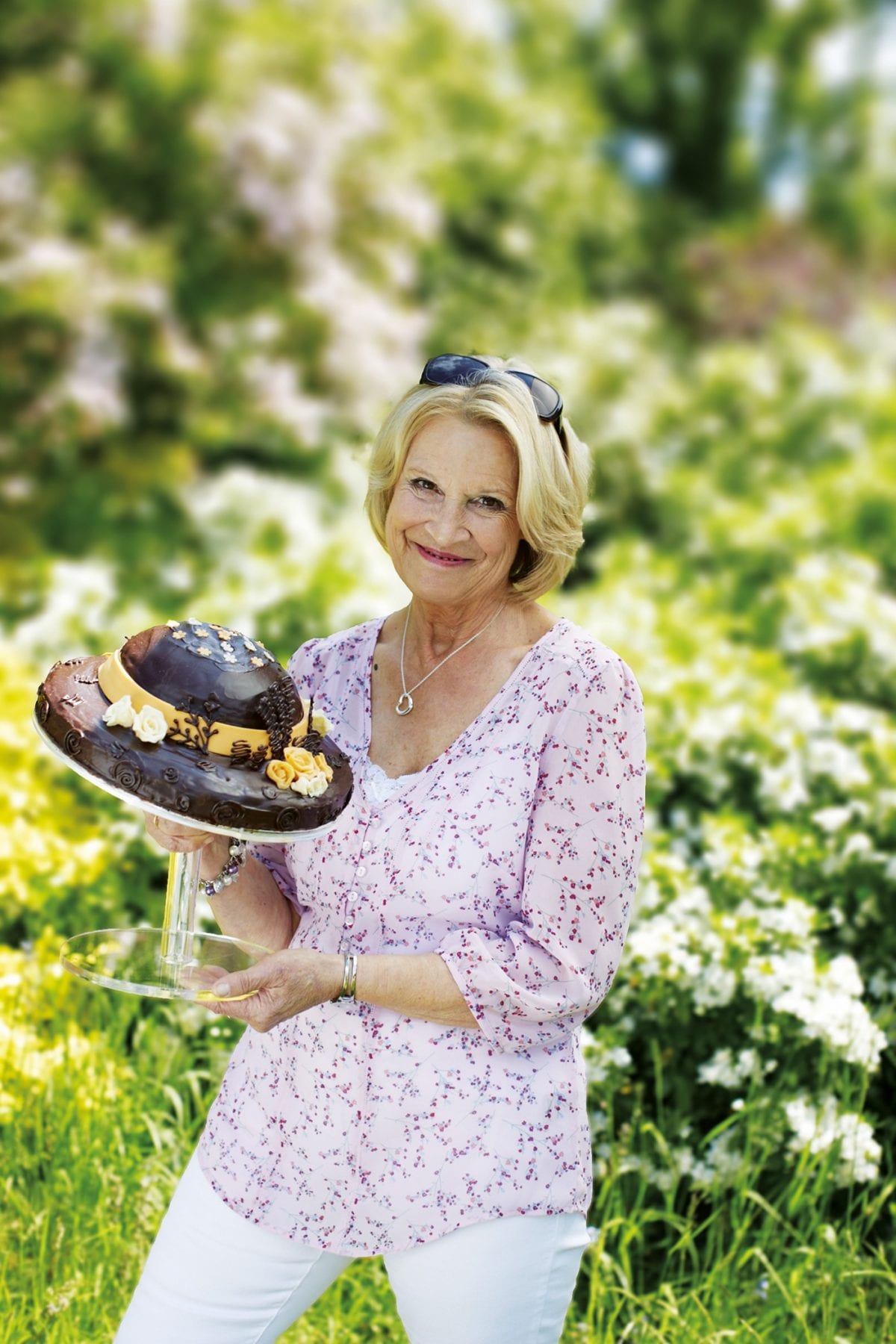The festive period isn’t normally associated with healthy eating, but Dr Michelle Braude of nutrition practice The Food Effect, says it doesn’t have to be this way and that many of the foods we often associate with Christmas and New Year are actually very healthy if used in the right way.
Grilled Salmon & Baby Potatoes on a Bed of Greens & Barley
A showstopper of a dish that will leave your guests asking for more.
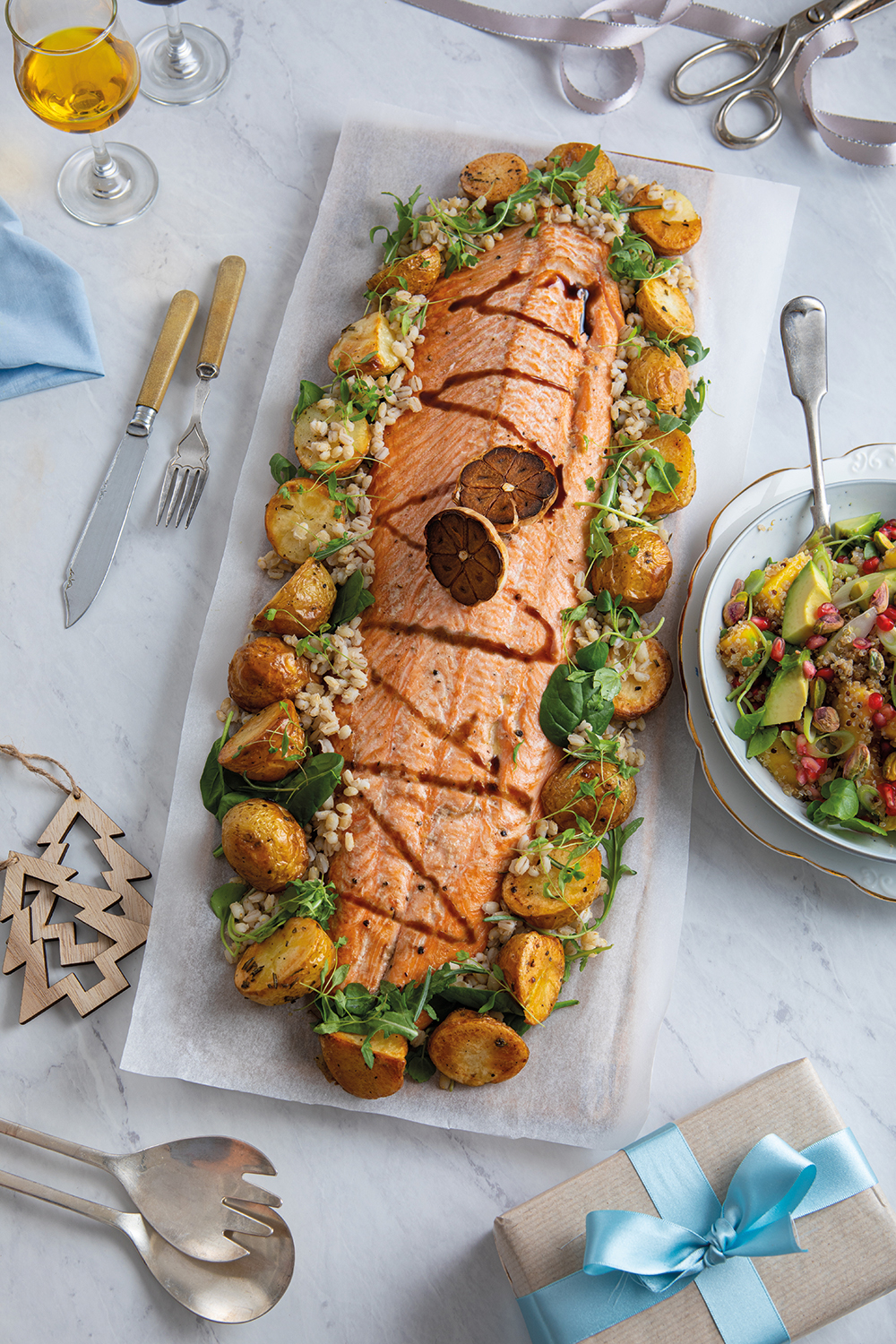
Ingredients:
• 1 whole side of salmon fillet (around 1kg), with skin removed
• 1kg baby potatoes, washed and cut in halves
• 8 cups mixed greens
• 250g cooked barley (or brown rice)
• 1 head of garlic
• 6 tablespoons olive oil divided
• ½ teaspoon dried rosemary
• ½ teaspoon salt
• ¼ teaspoon black pepper
• 3 tablespoons low sodium soy sauce
• ½ teaspoon dried mixed herbs
• A third of a cup of balsamic vinegar
• Salt & pepper, to taste
• Balsamic glaze – for drizzling
PREP: 15 minutes
COOKING: 40 minutes
SERVES: 4-6
Method:
For the salmon:
Heat oven to 200°C.
Toss baby potatoes with 2 tablespoons olive oil, rosemary, salt and black pepper. Cut a 1/4 off the head of garlic horizontally, and wrap it in foil.
Place potatoes and garlic on a parchment lined baking tray and roast in the oven for 40 minutes.
Coat the salmon with 2 tablespoons olive oil, soy sauce, dried mixed herbs and pepper. Place on another parchment lined baking sheet and place in the oven 20 minutes before the potatoes are ready. Roast salmon for 18-20 minutes.
For the dressing:
Blend together the balsamic vinegar, remaining 2 tablespoons olive oil, salt and pepper, and squeezed out roasted garlic. If too thick add a bit of water.
Complete the dish:
Combine a few tablespoons of dressing with the cooked barley, and the rest with the mixed greens. Arrange greens on a platter. Sprinkle the barley over the greens. With a large spatula place the salmon on the greens and barley and place the baby potatoes all the way around the salmon. Drizzle balsamic vinegar over the salmon to decorate.
Variation: You can also decorate with pomegranate seeds, flaked almonds or chopped spring onion
Christmas is not quite the same without homemade warm mince pies to enjoy. This granola inspired delicious recipe is bound to keep everyone happy using granola from Lizi’s Breakfast Range available from Waitrose, Sainsbury’s, Tesco, Ocado, Asda, Morrisons, Whole Foods, Co-Op, Booths and all good health stores.
Christmas Mince Pies with Lizi’s Original Granola Topping
These mince pies are a fun treat for all the family.
Ingredients:
• 1 whole side of salmon fillet (around 1kg), with skin removed
• 1kg baby potatoes, washed and cut in halves
• 8 cups mixed greens
• 250g cooked barley (or brown rice)• 1 head of garlic
• 6 tablespoons olive oil divided
• ½ teaspoon dried rosemary
• ½ teaspoon salt
• ¼ teaspoon black pepper
• 3 tablespoons low sodium soy sauce
• ½ teaspoon dried mixed herbs
• A third of a cup of balsamic vinegar
• Salt & pepper, to taste
• Balsamic glaze – for drizzling

PREP: 30 minutes
COOKING: 20 minutes
MAKES: 18
Method:
To make the pastry, rub together the diced vegan butter into the plain flour. Once they are mixed together, mix in the golden caster sugar and a pinch of salt.
Combine the pastry into a ball – don’t add any liquids – and knead it briefly. The dough will be fairly firm, like a shortbread dough.
Preheat the oven to 200C/gas 6/fan 180C.
Line 18 tin holes of two 12-hole shallow baking tins, pressing small (approximately walnut-sized) balls of pastry into each hole. Keep some of the pastry aside for the lids. Spread the pastry balls to make pie shaped cases and spoon the vegan mincemeat into the cases.
Roll out the remaining pastry for the lids. Use your star cutter (which has to be big enough to reach the sides of the pie cases) to create the pastry lids. If you’d rather use a different shaped cutter, ensure that the shapes reach the sides of the pie cases again.
Place the pastry lids on the pies, ensuring that they fit. Bake for 20 minutes until the pies are golden.
Leave the mince pies to cool in the tin for 5 minutes, then remove and cool on a wire rack. To serve, lightly dust with some icing sugar. The mince pies will keep for 3 to 4 days in an airtight container.








